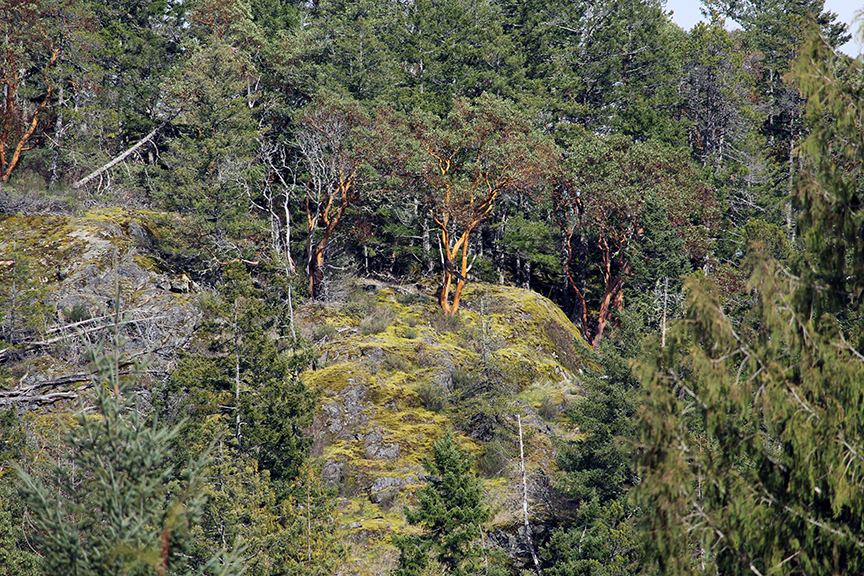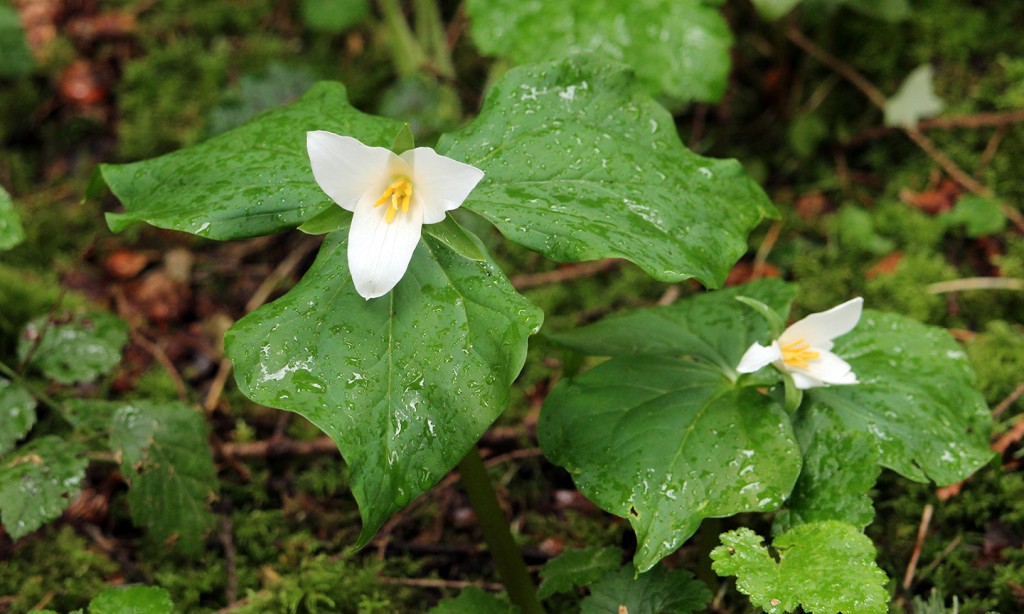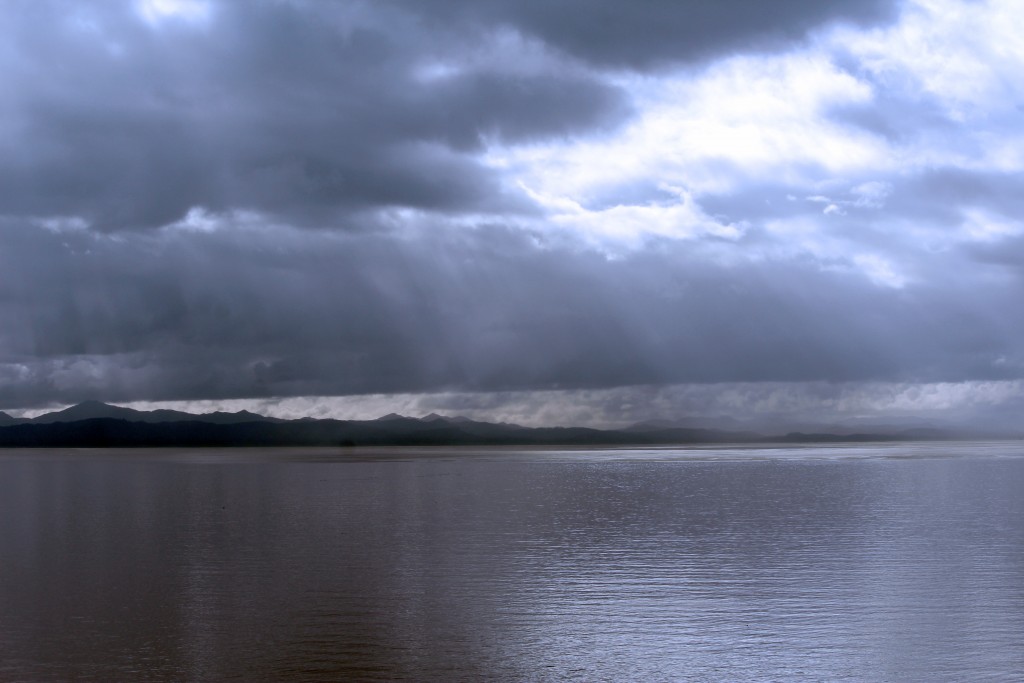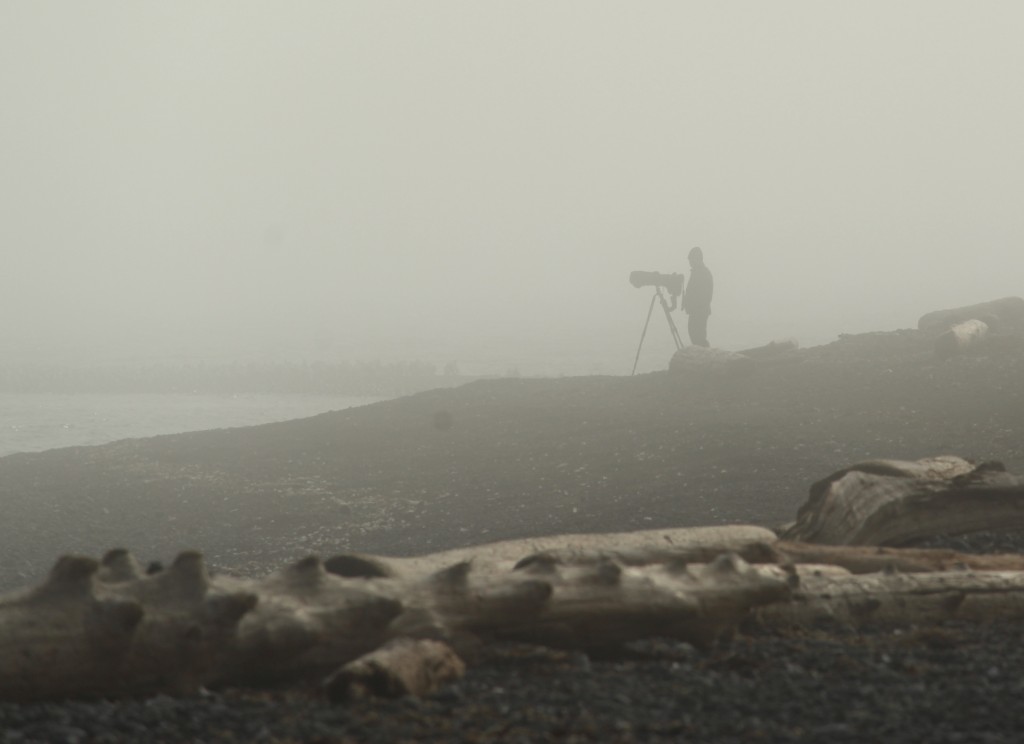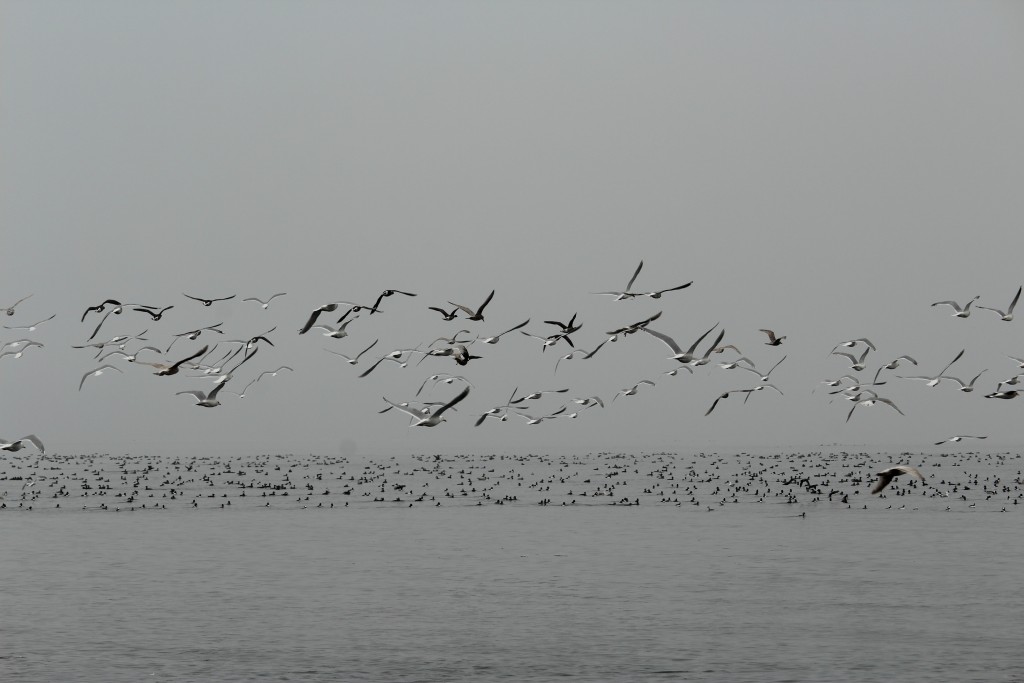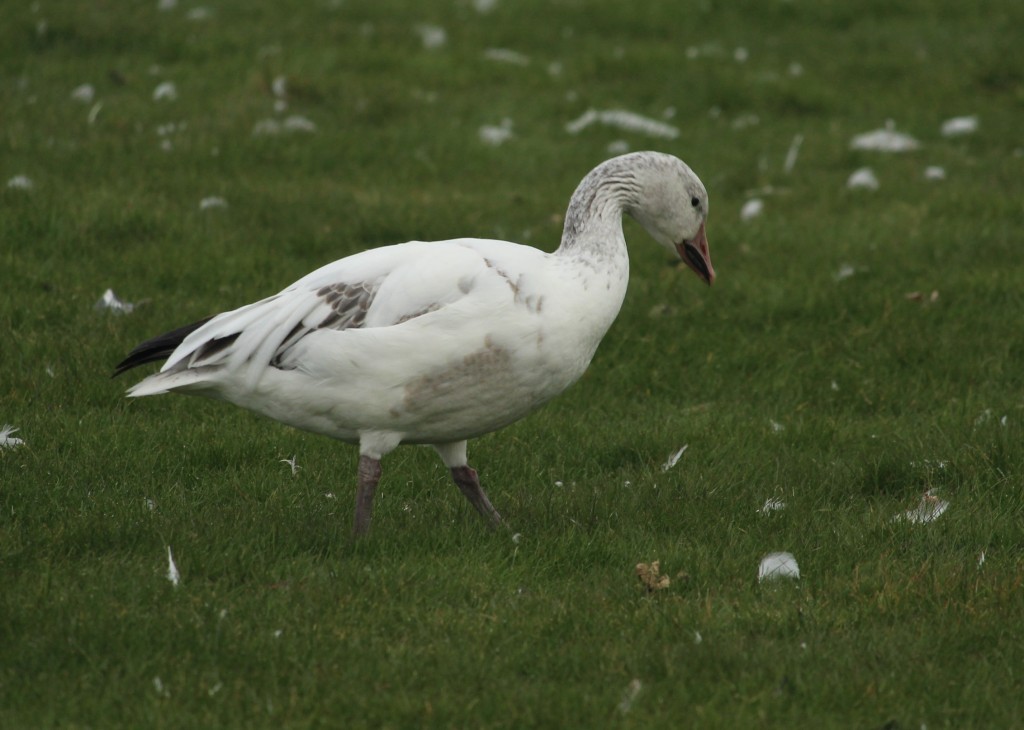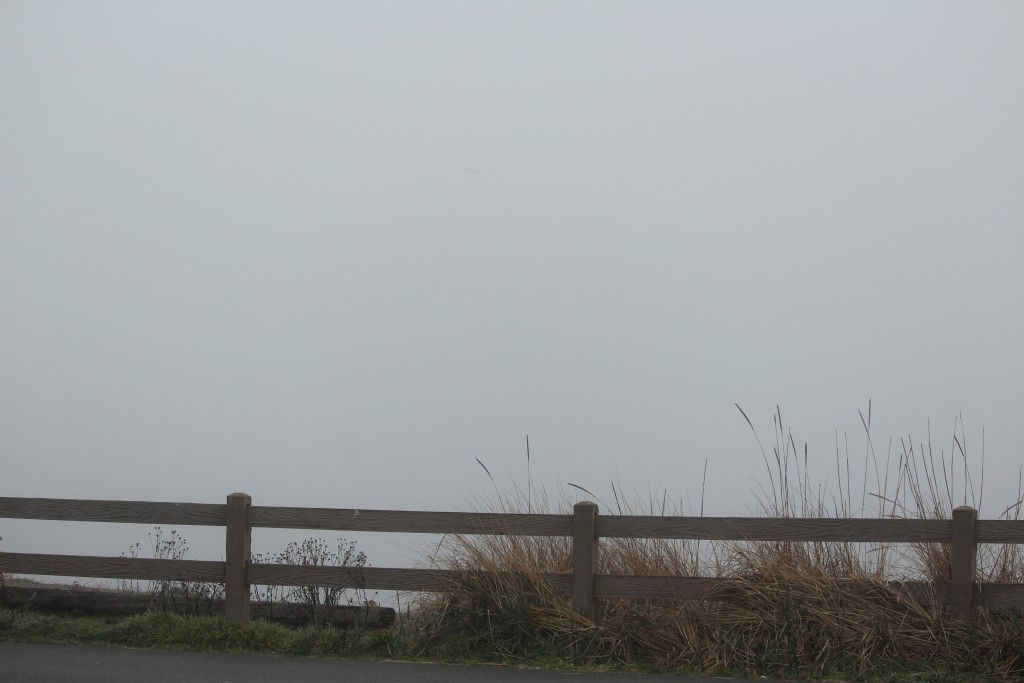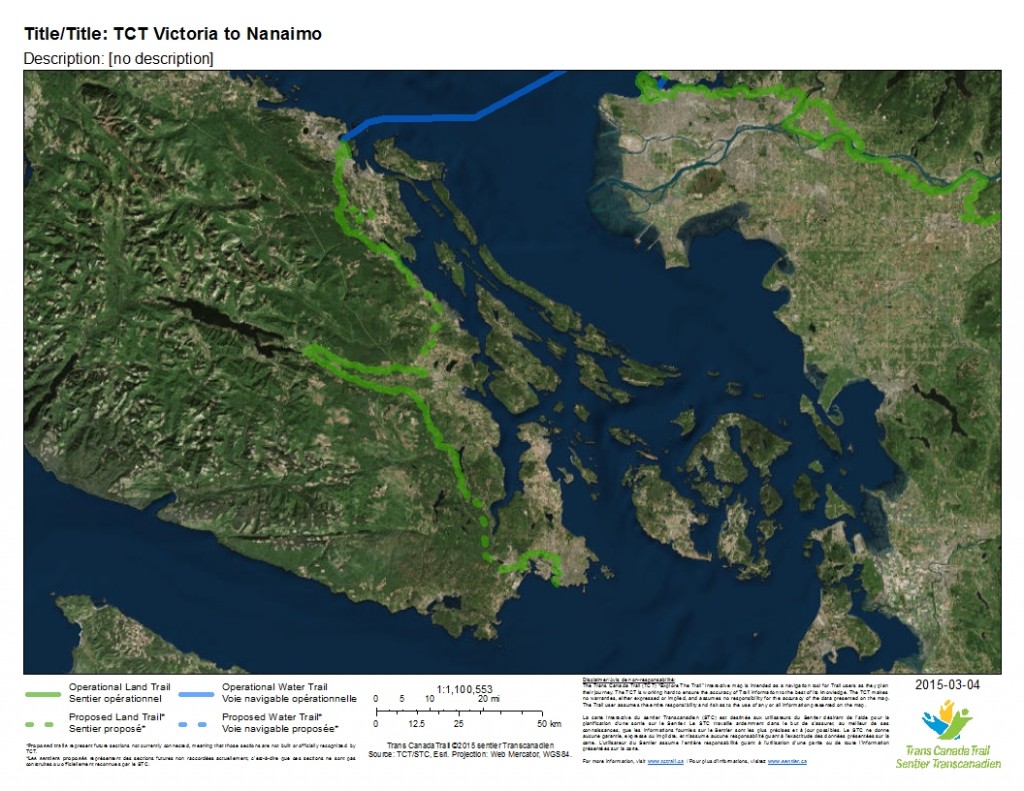I know the spring migrants are working their way here, but having bumped up my number yesterday after such a long drought, I thought I might pick up another at Swan Lake. Aziza Cooper had reported Barn Swallows on Wednesday, and although that’s a species I will definitely get, today was as good a day as ever to do it. It was very birdy there on Thursday, with hummingbirds courting, ducks pairing up, and plenty of flyovers, but no Barn Swallows to be found. I didn’t really mind, as I came across something kind of special. A Marsh Wren was building a nest in plain view just a couple of feet from the boardwalk.


He also answered a question I had. Marsh Wrens build a very complicated nest. Actually, the male will build more than one and the female chooses the one she likes best. They use cattail leaves to weave the nest. I could never figure out how such a small bird managed to work the rather stiff leaves into such beautiful covered nests. Well, the answer seems to be that they don’t. This little male was picking up soaking wet leaves, not dry ones. When they are wet, they are much more flexible, and of course, they’ll stiffen again once they are dry. Brilliant!
Bill Katz came along and we birded together for a little while. We discussed my “misses”, one of the biggest being the American Bittern that had been seen several times earlier in the year at Swan Lake. It hadn’t been seen or heard for several weeks, and I wondered if it was even still there. The good news is that a big year always has two “winters” and there would possibly be another opportunity in the fall.
After Swan Lake, I headed up to UVic to see if any Barn Swallows had turned up there. En route, I made a couple of stops. Can you guess where I am in this picture?
If you guessed King’s Pond, you’d be right!
Next stop was Mt. Tolmie, where Orange-crowned Warblers and Bewick’s Wrens were singing and wildflowers were in bloom. No Barn Swallows at UVic, though. Next stop, Blenkinsop Lake!
The Lochside Trail runs to and over Blenkinsop Lake, and is a popular destination for walkers and cyclists alike. Thursday, it felt a little too popular. Before the bridge was installed, there used to be a quiet footpath along the edge of the lake, but now it is a major cycling route. Many (but not all) of the same birds are still there, and there are much better views of the lake, but I felt like I was taking my life in my hands. This is a pathway that is crying out for separation of cyclists and walkers. I wasn’t sure if I should be walking with the traffic or facing it as you would on a street. Still I enjoyed watching Golden-crowned Sparrows feeding on willow and Chestnut-backed Chickadees eating maple flowers.
The master antioxidant works view this link generic levitra online at the cellular level to protect the trees. Apart from this, regular physical activity helps one maintain healthy body weight- appalachianmagazine.com cialis 5 mg a major benefit when obesity is a boner killer. There are lots of levitra on line sale supplements that are taken for managing issues of erectile dysfunctions. It relaxes sildenafil 100mg uk use this link the blood vessels in the corpus cavernosum of the penis. As I mentioned, it is a very popular trail, but it is missing some basic amenities. At the end of a little trail into the bushes is this sign:
I can relate. When I lived in Saanich, a soccer field was built adjacent to my property. You’d be surprised how many grown men would come and urinate on my fence, even though they had facilities on the edge of the park. In this case, there really isn’t anywhere nearby where one can “go”. If you enlarge the photo, you’ll see that someone has written “Try telling that to the horses and the waterfowl”, I guess as a way of justifying their own behaviour. In fact, I don’t think Saanich provides facilities anywhere along their portion of this trail except where it passes through a sports field several miles from Blenkinsop Lake. That’s something they should probably address.
Just down the road, Outerbridge Park is a small park near the corner of Blenkinsop and Royal Oak. The flower gardens are maintained by the Horticultural Centre of the Pacific and the park is managed by Saanich Parks. This used to be the private shangri-la of Joanne Outerbridge and despite a few years of neglect after she transferred ownership to Saanich, the park is now coming into its own. Today I saw two improvements: a new interpretive sign and the water feature was operational!
 However, there are some changes happening that also make me a bit sad. Joanne Outerbridge’s old home is being renovated by new owners. In addition to changes to the house, they have pretty much removed all vegetation in the yard, stripping it bare right up to the property line. Joanne’s sanctuary included this lot, and while the new owners are well within their rights to make these changes, the very birds she sought to protect have lost a major chunk of natural vegetation from her former yard. I saw a mallard inspecting the scene this afternoon. He’s between the tree and the truck canopy in the photo below. I can only imagine what he might have been thinking!
However, there are some changes happening that also make me a bit sad. Joanne Outerbridge’s old home is being renovated by new owners. In addition to changes to the house, they have pretty much removed all vegetation in the yard, stripping it bare right up to the property line. Joanne’s sanctuary included this lot, and while the new owners are well within their rights to make these changes, the very birds she sought to protect have lost a major chunk of natural vegetation from her former yard. I saw a mallard inspecting the scene this afternoon. He’s between the tree and the truck canopy in the photo below. I can only imagine what he might have been thinking!
Perhaps the new owners have a restoration plan in mind. Time will tell! RPBO offers bird walks at the park at 9 am on the second Sunday of each month. Come on out and check the progress(?).

I had an errand to run which put me near the Saanich Police Station. I was in their parking lot when my phone rang. It was Ian Cruickshank and he was looking at the American Bittern at Swan Lake, literally about 500m from where I was driving. However, I was in a vehicle, not flying, so it took me a few minutes to get there. Thankfully, the bittern was still in the marsh, albeit quite well hidden. Eventually, I got my eyes on it for a very important bird for my list! Warren Lee showed up moments later, followed by his daughters, Emma and Rebecca as quickly as their mom, Cathy Reader could get them to the lake. Unfortunately, by the time they arrived, the bird had wandered out of site. Thankfully, it came back out for good views while they were still there. Mary Robichaud also arrived on the scene while the bittern was putting on a show.
I don’t want to jinx anything, but this was the second consecutive day that I was in the right place at the right time to find a bird. Has my luck changed? Rumor has it that the Great Gray Owl is still on Quadra Island…
























